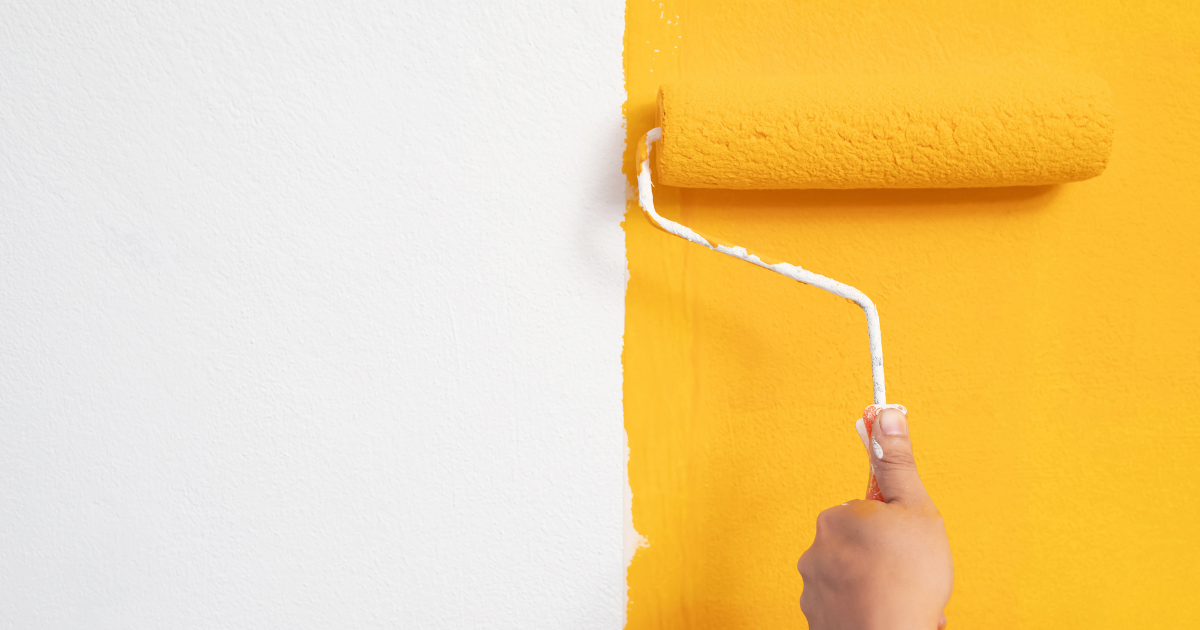Every tenant dreads the moment they move out and face the possibility of losing their security deposit. For landlords, it’s about ensuring their property is well-maintained and ready for the next tenant. One common point of contention is whether landlords can deduct painting costs from the security deposit. This blog post dives into this topic, offering clear insights for both tenants and landlords. By the end, you’ll better understand your rights and responsibilities when it comes to painting deductions.
Overview of Landlord-Tenant Laws
Understanding the laws governing security deposits is crucial for both landlords and tenants. These laws vary by state but generally outline the rights and obligations of each party. Security deposit laws are designed to protect tenants from unfair deductions while ensuring that landlords can maintain their properties. Typically, the law will specify what can be deducted from a security deposit, how much can be deducted, and the timeframe within which the deposit must be returned.
For example, some states require landlords to provide an itemized list of deductions along with any remaining balance of the security deposit. This transparency is essential in preventing disputes and ensuring both parties adhere to the law. Knowing these basics sets the stage for understanding more specific issues, such as deductions for painting.
What Can Landlords Deduct?
 Landlords can deduct several types of expenses from a security deposit, provided these are outlined in the lease agreement and comply with local laws. Common allowable deductions include unpaid rent, damage beyond normal wear and tear, and cleaning costs to restore the property to its original condition. However, what constitutes “normal wear and tear” versus “damage” can often be a gray area, leading to disputes.
Landlords can deduct several types of expenses from a security deposit, provided these are outlined in the lease agreement and comply with local laws. Common allowable deductions include unpaid rent, damage beyond normal wear and tear, and cleaning costs to restore the property to its original condition. However, what constitutes “normal wear and tear” versus “damage” can often be a gray area, leading to disputes.
Painting is one of those contentious areas. Generally, landlords cannot deduct the cost of routine painting from a tenant’s security deposit. Routine painting falls under normal wear and tear, especially if the tenant has lived in the property for multiple years. However, if the walls are damaged or excessively dirty, the landlord may have grounds to deduct painting costs.
When Can Painting be Deducted?
Landlords can deduct painting costs from a security deposit under specific circumstances. These include cases where the walls show signs of excessive wear, such as large holes, significant dirt, or stains that go beyond what is considered normal. For instance, if a tenant has drawn on the walls or caused significant damage that requires more than just a touch-up, landlords are within their rights to deduct painting costs.
On the other hand, if the walls merely show minor scuffs or fading paint, these would typically be considered normal wear and tear. In such cases, deducting painting costs would be unreasonable and could lead to disputes. Documenting the property’s condition before and after the tenancy can help clarify these issues.
How Much Can Landlords Deduct?

The amount landlords can deduct for painting is not unlimited. Local laws often set specific limitations on deductions to prevent excessive charges. Generally, landlords can only deduct the actual cost of repairs or cleaning required to restore the property to its original condition. Overcharging for these services can result in legal ramifications.
Documentation is crucial in this process. Landlords should keep receipts and records of all expenses related to the deduction. Providing these documents to the tenant can prevent disputes and ensure transparency. Tenants, in turn, should take photos of the property when they move in and out to have evidence in case of any disagreements.
Tenant Rights and Recourse
Tenants have specific rights when it comes to security deposit deductions. If a tenant believes their security deposit has been wrongly withheld for painting or other repairs, they can take several steps. First, they should request an itemized list of deductions from the landlord. This list should include detailed descriptions and costs of each deduction.
If the tenant disagrees with the deductions, they can negotiate with the landlord for a fair resolution. Writing a formal letter outlining their concerns and providing any supporting evidence can be effective. Should negotiations fail, tenants have the option to take legal action. Small claims court is a common venue for resolving security deposit disputes.
Understanding the intricacies of security deposit laws and painting deductions can save both landlords and tenants a lot of time and stress. By knowing what can and cannot be deducted, and under what circumstances, both parties can enter and exit rental agreements with confidence. Clear documentation and communication are key to preventing disputes.
For those still unsure about the specifics of their situation, consulting with a professional can offer clarity and peace of mind. Whether you’re a tenant trying to ensure you get your deposit back or a landlord looking to maintain your property, knowing the rules is essential.
Have more questions or experiences to share? Join the conversation in the comments below. If you need personalized advice, consider booking a consultation with our experts at Continental Realty Management, Inc. We’re here to help you every step of the way, ensuring your rental experience is as smooth as possible.
—
By providing valuable insights and practical advice, this blog post aims to demystify the complexities surrounding painting deductions from security deposits. By understanding the laws and procedures, both tenants and landlords can ensure a fair and transparent rental experience.


Recent Comments